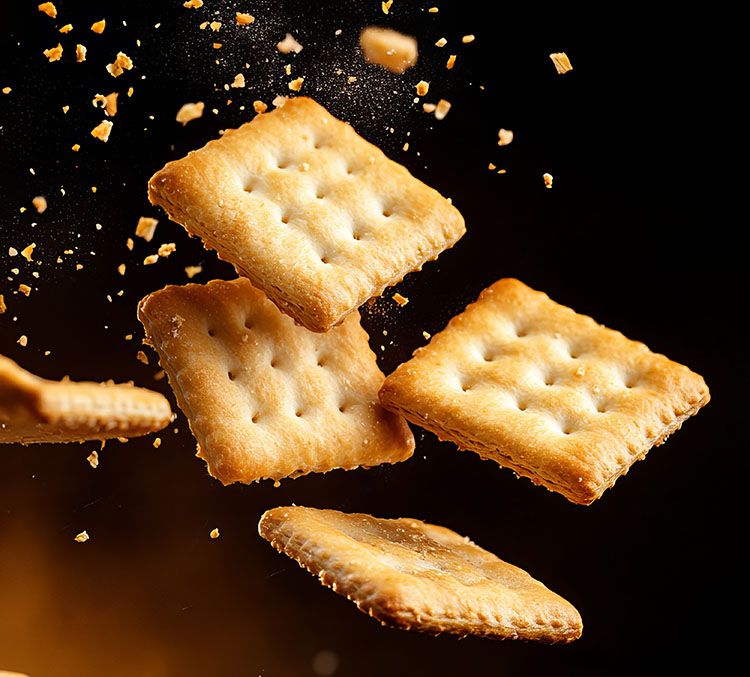
Two-stage mixing takes center stage
Two-stage batch mixing brings multiple advantages to industrial-scale baking. Two-stage batch mixing is especially suited to long-fermentation doughs, where structure and flavor are needed.
Two-stage batch mixing brings multiple advantages to industrial-scale baking. Two-stage batch mixing is especially suited to long-fermentation doughs, where structure and flavor are needed.
The Kaak DrieM sheeting lines are designed to optimize every step of the process for large-volume dough production. The newest update to the sheeting system can now enable easy access to the portioner for thorough, convenient cleaning and maintenance.
Chip Czulada embarked on a new role as the President of Reading Bakery Systems (RBS) at the beginning of 2024. He shares with Baking+Biscuit International magazine his view on the first six months at the helm of the company where he has been working for over 20 years.
An entire fleet of iconic crackers built its consumer base on their open, flaky texture, which is produced by layering the dough. Reading Bakery Systems designed a new, 90-degree technology concept for the laminators manufacturing this dough.
Fully automating kneading and mixing is an ambitious endeavor, given the complexity of the process, and the diversity of raw ingredients.
Energy consumption is undisputed at the top of the industry’s concerns and efforts for improvement. Royal Kaak recently launched a new service that closely investigates the energy-saving potential of an industrial oven, which can help lower energy consumption by up to 15%: the OvenScan, launched last year and introduced in the Benelux countries in 2023.
IPCO is preparing to showcase its steel belts and complementary equipment at iba this October. Marko Leber, General Product Manager, Food, IPCO, shared with us what visitors can look forward to at the stand and the company’s focus for the upcoming years.
The technology to support efficient, automated production of high-end, quality bread is here. The key is gentle dough handling.
Cleaning is an essential aspect of belt maintenance. It is important in terms of complying with food regulations as well as ensuring visually appealing baked goods.
Energy efficiency may be just part of the equation when selecting a type of belt, but it is an increasingly important one given the dramatic rise in energy costs that the world is currently experiencing.
Scoring is a process that requires skill and shows the baker’s experience when done manually. Alternatively, as labor is becoming harder to find (and then keep), robots can efficiently take over the task; they will never need to stop and will perform constantly over time.
Maintaining a conveying system in its fully operational capacity is a prerequisite in increasing efficiency; upgrading it is then the next goal.

